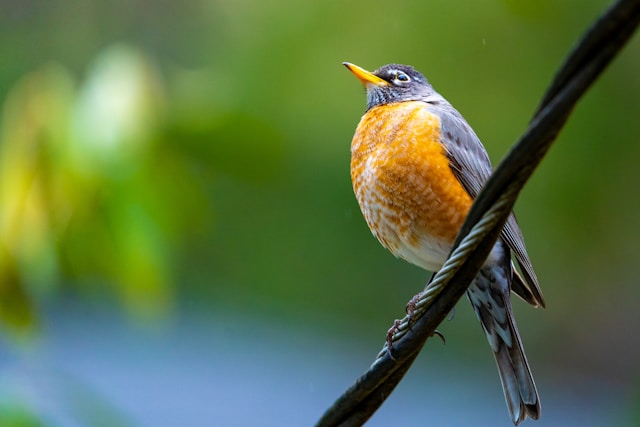Introduction
Māori mythology, deeply rooted in the cultural heritage of New Zealand’s indigenous people, is intricately intertwined with the natural world, including its diverse birdlife. Birds hold significant symbolism in Māori culture, representing not just physical creatures but also spiritual entities and messengers. This article delves into the rich tapestry of Māori mythology, exploring the symbolic roles played by various birds and their cultural significance.
Birds as Messengers and Guardians
In Māori mythology, birds often act as messengers between the mortal realm and the spiritual world. The kārearea (New Zealand falcon), for instance, is revered for its speed and agility, believed to be a guardian spirit that brings warnings or messages from the gods. Similarly, the kōtuku (white heron) is considered a symbol of peace and spiritual purity, appearing in legends as a guide or protector.
Connection to Ancestral Spirits
Many birds in Māori mythology are associated with specific ancestors or deities, embodying their qualities or serving as their incarnations. The pūkeko (purple swamphen), with its vibrant plumage and distinctive red beak, is linked to the mythical figure of Tawhaki, a heroic ancestor known for his journey to the heavens. This connection underscores the Māori belief in the spiritual essence carried by birds.
Guardians of the Environment
Beyond their symbolic roles, birds in Māori mythology are revered as guardians of the natural environment. The tūī, known for its melodious song and iridescent feathers, represents vitality and the interconnectedness of all living things. Its presence in forests and gardens signifies a thriving ecosystem and a harmonious balance between humans and nature.
Symbolism in Art and Ritual
Māori art frequently incorporates bird motifs, showcasing their symbolic importance in visual form. Carvings, tattoos (moko), and woven designs (kākahu) often feature birds like the kākā (forest parrot) or the kōkako (blue wattled crow), symbolizing courage, strength, and spiritual guidance. Ritual practices, such as bird feather adornments during ceremonies, reflect the reverence for birds as conduits of spiritual energy.
Conservation and Cultural Preservation
Understanding the significance of birds in Māori mythology underscores the importance of conservation efforts in New Zealand. Many native bird species face threats from habitat loss and introduced predators, jeopardizing not only their survival but also their cultural symbolism. Initiatives that integrate Māori ecological knowledge (mātauranga) with modern conservation practices are crucial for safeguarding both biodiversity and cultural heritage.
Conclusion
In conclusion, Māori mythology provides a profound insight into the spiritual and cultural significance of birds in New Zealand. These avian creatures are not just symbols but integral parts of Māori identity, embodying ancestral wisdom, environmental stewardship, and spiritual connection. By honoring and protecting native bird species, we not only preserve biodiversity but also uphold the rich tapestry of Māori culture woven through the natural world.
